
The Map Feature
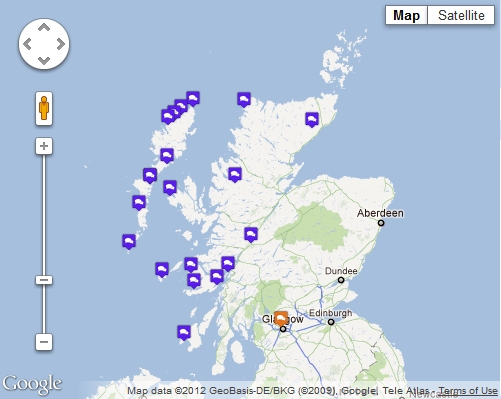
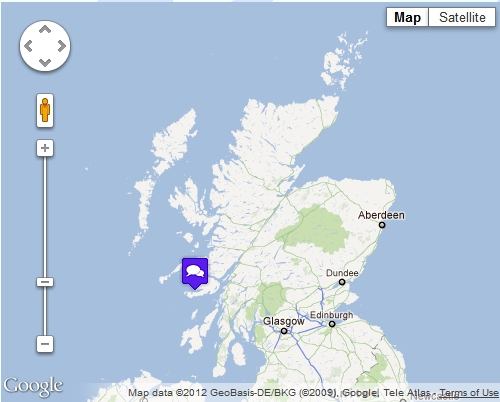
| dha-rìreabh |
da-rìreabh |
a-rìreabh |
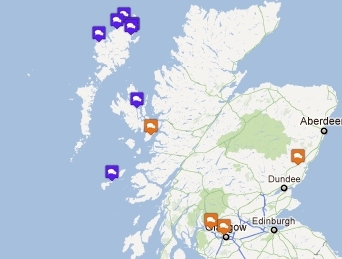 |
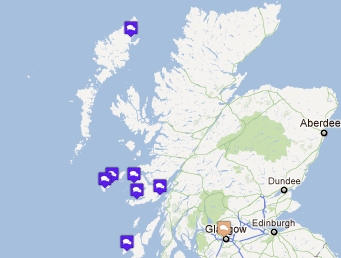 |
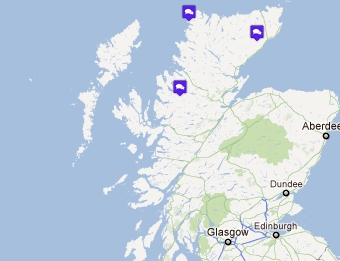 |
 |
Native
Speaker, active use |
 |
Native
Speaker, passive knowledge |
 |
Fluent
Learner, active use |
 |
Fluent
Learner, passive knowledge |
| Back to dictionary |
General help
pages |
Forum |
About the Faclair Beag |